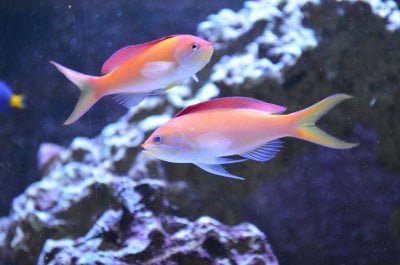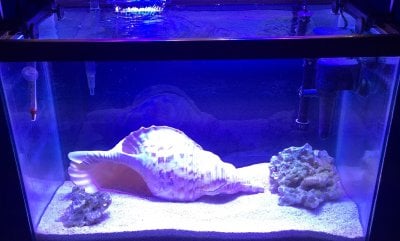I can’t get a fish now due to ammonia
Ok, so add 2/3rd bottle of bio-spira and test daily. When the ammonia goes down, nitrites will spike, then those will go down and nitrates will start rising. Add fish when ammonia is zero and nitrites are nearly undetectable.
Then do a boost of bio-spira with the remaining 1/3rd you have left over and leave it be. Let nature take over from there.





















